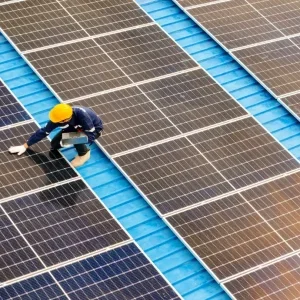
BP has commenced liquefied natural gas (LNG) exports from the Greater Tortue Ahmeyim (GTA) Phase 1 project, located offshore on the border between Mauritania and Senegal.
The initial LNG cargo was loaded onto a carrier from a floating liquefied natural gas (FLNG) vessel situated 10km from shore. This setup allows for the cryogenic cooling, liquefaction, and storage of natural gas before it is transferred.
The milestone follows the initiation of gas flow earlier in the year and represents BP’s third major upstream project launch in 2023.
The Greater Tortue Ahmeyim project is part of BP’s broader strategy to enhance its upstream oil and gas portfolio, with 10 major projects planned by the end of 2027. It is located 120km in waters as deep as 2,850m.
BP production and operations executive vice president Gordon Birrell said: “This first cargo from Mauritania and Senegal marks a significant new supply for global energy markets. Starting exports from GTA Phase 1 is an important step for BP and our oil and gas business as we celebrate the creation of a new production hub within our global portfolio.
“This is the culmination of years of work from the entire project and operations teams – congratulations to all who were involved in safely reaching this landmark.”
The Greater Tortue Ahmeyim Phase 1 initiative is expected to produce around 2.4 million tonnes of LNG annually for global markets. Additionally, provisions are made to supply gas to domestic markets in both Mauritania and Senegal as soon as they are prepared to receive it.
BP’s involvement in the region began in 2017, contributing to over 3,000 local jobs during the construction phase and engaging approximately 300 local enterprises across Mauritania and Senegal.
The Greater Tortue Ahmeyim project is operated by BP, which holds a 56% working interest. The other partners in the deepwater development are Kosmos Energy (27%), PETROSEN (10%), and SMH (7%).
The operational process of the Greater Tortue Ahmeyim project involves a floating production, storage, and offloading (FPSO) facility approximately 40km offshore. This vessel conditions the gas by removing water, condensate, and impurities before transferring it to the FLNG vessel for liquefaction and storage purposes.






